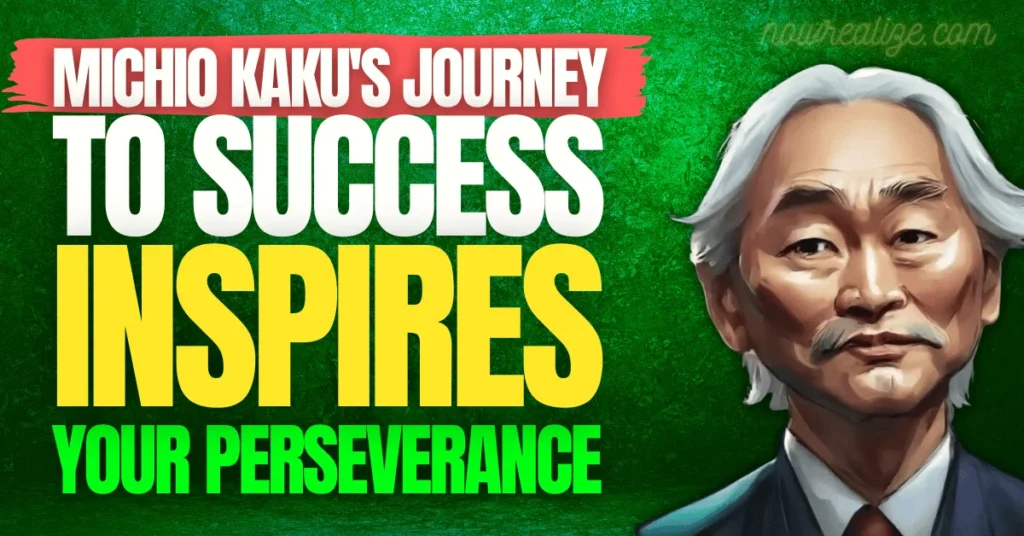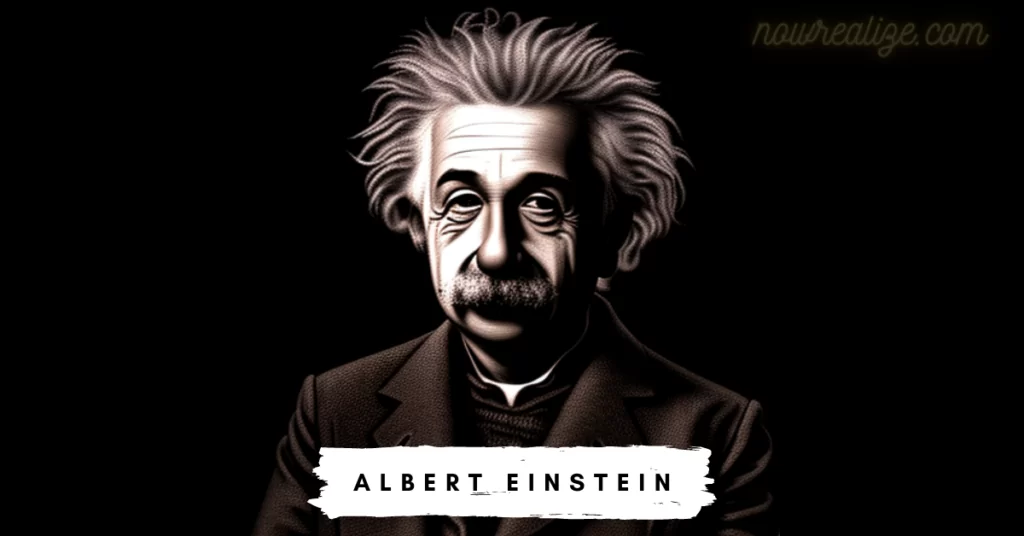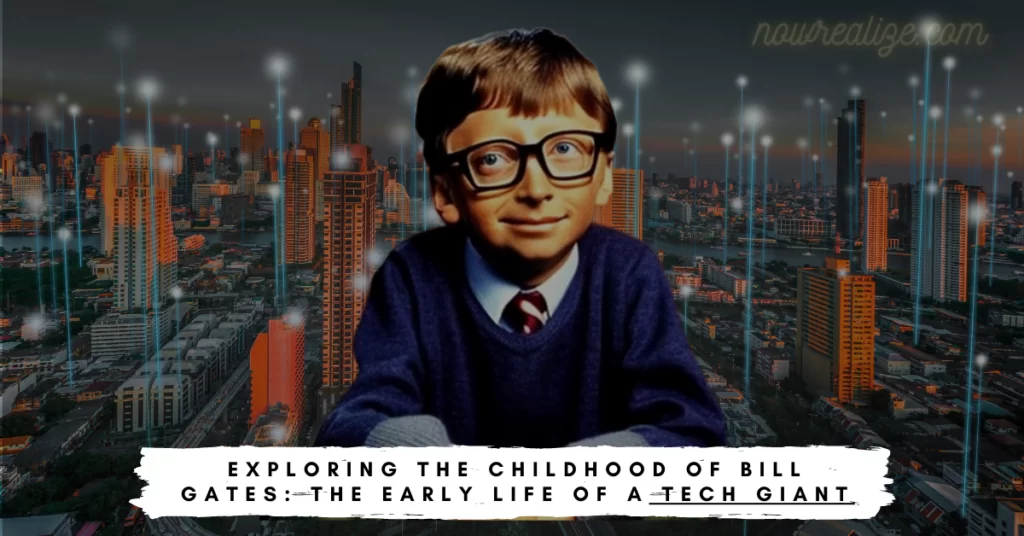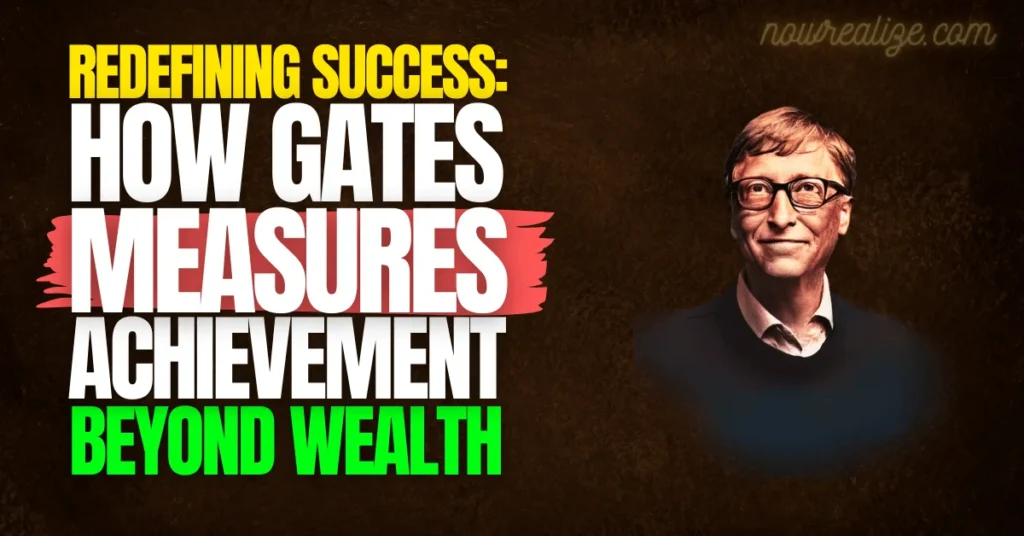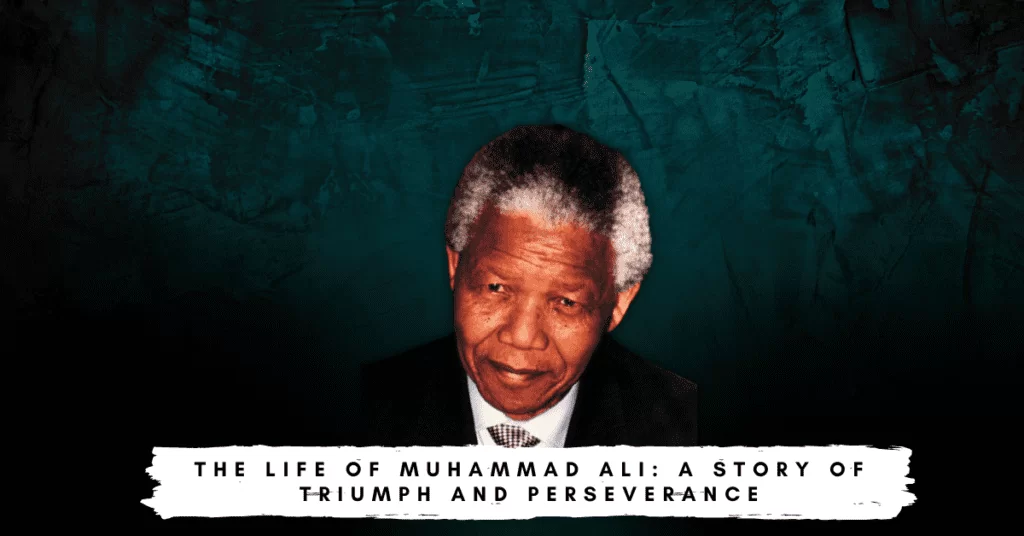
Table of Contents
Introduction:
Nelson Mandela was a remarkable leader, activist, and politician who fought against apartheid in South Africa. His life story is a testament to the power of perseverance, courage, and compassion. Mandela’s struggle against oppression and discrimination has inspired millions of people around the world. In this article, we will take a closer look at the inspiring Nelson Mandela’s life story, his achievements, challenges, and legacy.
The Early Years:
In the South African town of Mvezo on July 18, 1918, Nelson Mandela was born. He was the son of a chief of the Thembu tribe and was destined to become a leader. However, his life took a different turn when his father died when he was just nine years old. Mandela was sent to live with a chief in another village, where he was given a Western-style education.
Education and Activism:
Mandela went to the University of Fort Hare in 1939, where he studied law and politics. He became interested in activism and joined the African National Congress (ANC), a political party that aimed to fight against apartheid in South Africa. Mandela was an active member of the ANC and participated in protests against discriminatory laws. He was arrested several times but continued to fight for the rights of Black South Africans.
The Defiance Campaign:
In 1952, Mandela led the Defiance Campaign, a peaceful protest against apartheid laws. He was arrested and sentenced to nine months in prison, but this did not stop him from fighting for justice. Mandela continued to work for the ANC and became the president of the party in 1991.
The Struggle Against Apartheid:
Apartheid was a system of institutionalized racial segregation that was enforced in South Africa from 1948 to 1994. The government of South Africa passed laws that separated Black and White South Africans and restricted the movement and opportunities of Black South Africans. Mandela fought against apartheid throughout his life and became a symbol of resistance and hope.
The Rivonia Trial:
In 1962, Mandela was arrested and charged with sabotage and conspiracy to overthrow the government. He was sentenced to life in prison and spent the next 27 years in jail. Mandela became a global icon of the anti-apartheid movement, and his imprisonment fueled international outrage and condemnation of the South African government.
International Pressure:
The international community began to put pressure on South Africa to end apartheid. Boycotts, divestment, and sanctions against South Africa were implemented, and many countries refused to trade with South Africa. The pressure from the international community played a significant role in ending apartheid in South Africa.
The Release and Presidency:
In 1990, Mandela was released from prison after 27 years. He became the leader of the ANC and negotiated with the South African government to end apartheid peacefully. In 1994, South Africa held its first democratic elections, and Mandela became the country’s first Black president.
The Truth and Reconciliation Commission:
Mandela established the Truth and Reconciliation Commission to help South Africa heal from the wounds of apartheid. The commission allowed victims of human rights abuses to tell their stories and receive reparations. It also allowed perpetrators of crimes to confess and receive amnesty. The commission was instrumental in helping South Africa transition from apartheid to democracy.
Legacy:
Nelson Mandela is one of the most influential figures in modern history. His life story and legacy have inspired millions
Mandela’s Global Impact:
Mandela’s impact extended beyond South Africa. He was a symbol of hope and resistance for oppressed people around the world. Mandela’s message of reconciliation and forgiveness resonated with people of all races and backgrounds. Mandela received numerous awards and honors for his contributions to human rights and peace.
Nobel Peace Prize:
In 1993, Mandela was awarded the Nobel Peace Prize for his role in ending apartheid peacefully. Mandela shared the prize with Frederik Willem de Klerk, the last White president of South Africa.
Global Leadership:
Mandela was also a leader on the global stage. He was an advocate for human rights, democracy, and social justice. Mandela was a founding member of The Elders, a group of global leaders who work to promote peace, justice, and human rights. Mandela’s influence on global politics and culture continues to be felt today.
Mandela’s Personal Life:
Mandela was married three times and had six children. His first marriage was to Evelyn Ntoko Mase, and they had four children together. Mandela’s second marriage was to Winnie Madikizela-Mandela, who was also a prominent anti-apartheid activist. They had two children together but divorced in 1996. Mandela’s third marriage was to Graça Machel, a Mozambican politician and humanitarian.
Health Issues:
Mandela’s health began to decline in the late 2000s. He was hospitalized several times for respiratory infections and other health issues. Mandela passed away on December 5, 2013, at the age of 95. His death was mourned by people around the world, and he was remembered as a hero and a symbol of hope.
FAQs about The Inspiring Life Story of Nelson Mandela:
Q1. What was Nelson Mandela’s greatest achievement?
A1. Nelson Mandela’s greatest achievement was his role in ending apartheid in South Africa and becoming the country’s first Black president.
Q2. How did Nelson Mandela fight against apartheid?
A2. Nelson Mandela fought against apartheid through peaceful protests, civil disobedience, and negotiations with the South African government. He was also a founding member of the Umkhonto we Sizwe, a militant wing of the African National Congress.
Q3. How long was Nelson Mandela in prison?
A3. Nelson Mandela was imprisoned for 27 years, from 1962 to 1990.
Q4. What was the Truth and Reconciliation Commission?
A4. The Truth and Reconciliation Commission was a commission established by Nelson Mandela to help South Africa heal from the wounds of apartheid. The commission allowed victims of human rights abuses to tell their stories and receive reparations, and it allowed perpetrators of crimes to confess and receive amnesty.
Q5. What was Nelson Mandela’s legacy?
A5. Nelson Mandela’s legacy is one of courage, perseverance, and compassion. He fought against apartheid and worked to promote human rights, democracy, and social justice. His life story and legacy have inspired millions of people around the world.
Q6. How did Nelson Mandela become a global icon?
A6. Nelson Mandela became a global icon through his role in ending apartheid peacefully and promoting reconciliation and forgiveness. His message of hope and resistance resonated with people of all races and backgrounds around the world.
Conclusion Of Nelson Mandela’s Life Story:
Nelson Mandela‘s life story is a testament to the power of perseverance, courage, and compassion. He fought against apartheid in South Africa and spent 27 years in prison before becoming the country’s first Black president. Mandela’s struggle against oppression and discrimination has inspired millions of people around the world. His message of reconciliation and forgiveness continues to be relevant today.

